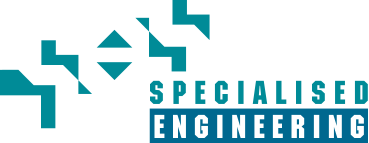Underground Services |
Bore Hole Casings Installation and RefitsSpecialised Engineering Services has developed three options for our clients that really come down to a matter of preference that suits the design of each particular paste fill operation. The Options listed below can be undertaken both from the surface or from any given level underground. Option 1 – Welded CasingThis method has been around since the inception of paste fill operations worldwide. We provide 150mm and 200mm nominal bore Scd 80 piping. A coupling is welded to the top end of the pipe for joining the sections together with a fillet weld. All welding is carried out by certified welders and welded to AS 4041. All welds are then Mag particle tested prior to lowering the casing down the bore hole. Option 2 – Screwed Oil Well CasingThe utilisation of oil well casing in the paste industry is a relatively new concept. This method of Each section is then lowered in to the bore hole with the use of a mobile crane. The advantage of this application is that we can remove and replace the casing in around a third of the time. When installing casings in drives underground we use an air winch. There is no welding or NDT cost required thus reducing the overall time frame of the change out and associated costs. The common casing sizes are 168mm o.d. and 219mm o.d. 3. Option 3 – Screwed Line PipeWe have developed a method of utilising the standard 150mm and 200mm Sch 80 Nominal Bore piping using the same method as the oil well casing. With this design we have a male and female thread on the pipe ends. The advantage of this application is that there is no coupling on the pipe that can catch on the bore hole as the casing is lowered down. This makes for a smooth entry and installation overall. These screwed joins are also torqued up with the use of hydraulic tongs to the required recommended pressure. |
 |
 |
|
| P. (08) 9091 9395 | Servicing the Mining Industries | |